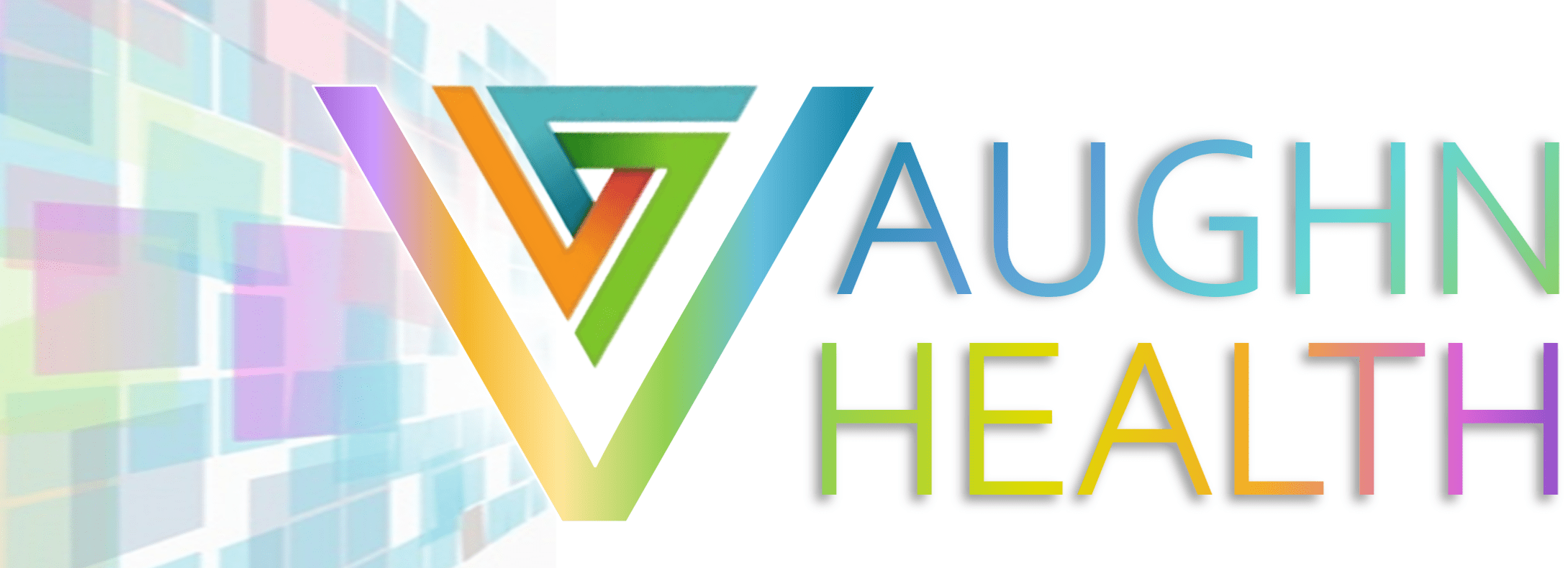Discussion
FOUR REASONS why my method yielded unprecedented results may be the specific combination of:
1) Therapeutic Human Touch.
2) The specific Flow I used.
3) Including Tui Na.
4) My Qi.
Regarding Neuroplasticity
Neuroplasticity is defined as:
Grefkes &. Fink (2020)
Acupuncture promotes neuroplasticity:
As reviewed on my Supporting Evidence page, acupuncture has shown efficacy across numerous pathologies. Since ARC uses the same points and theory as acupuncture, those studies correlatively support that ARC can promote neuroplasticity, which has been implicated across numerous neurodegenerative diseases as this study discusses. Project ARC will provide a critical milestone in this research.
While the mechanisms of Meridian Therapy are not fully understood in the framework of Western Medicine, a robust body of studies prove the efficacy of Tui Na, Massage, and Acupuncture in numerous terms that are well-understood in neuromuscular, psychological, neurological, immunological, and endocrinological outcomes that Western Healthcare can relate to.
This raises the question about the necessity to understand how Eastern Medicine works in terms of Cartisian science which has become obsolete since the advent of Mind-Body Medicine.
Review Google results for "What is the flaw of Cartesian dualism?"
New research correlates TCM meridians and acupoints with the body's fascial network as discussed in this 2011 paper.
My current hypothesis
To date, I'm the first person I've met to propose that my protocol induced parasympathetic response to relax the nerves, which relaxed the fascia, which allowed blood flow to restore glycogen and oxygen to mitochondria to resume ATP production, while blood flow restored electrolytes and water to the nerves to enable nerve conductivity, and pressure was alleviated from the nerves. The potential energy trapped in the tight fascia was released as kinetic energy while her fascia "unwound" which caused her limbs to autonomously extend repeatedly.
What remains a mystery to me still is why her limbs were activated this way when holding the same pair of acupoints each time, then deactivated when releasing the points.
While I haven't suffered a stroke, I have experienced Fascial Unwinding while receiving Jin Shin that caused my limbs to extend autonomously, as well as sometimes nearly launching my whole body off the table like a fish out of water! I designed a manual for lay persons to practice my protocol -which can help not only stroke recovery, but attenuate all manner of physical and psychological issues where homeostasis and neuroplasticity are key drivers.
A related hypothesis concerning why I have found no one claiming results like mine with acupuncture: While acupuncture needles typically remain in place 15-30 mins, they distort a miniscule amount of fascia.
Jin Shin distorts significantly more fascia, but pressure is usually applied only a few minutes.
I believe the key is the continuous pressure modulation Jin Shin uses to palpate the point pulses forces the neurons to adapt, which is intrinsically more stimulating than static needles.
It also conveys to the nerves that they are finally being "listened" to, so they can stop "screaming." See Discover ARC for more about that.
The only way I can think of off the top of my had for testing this hypothesis is if there was a device that could stimulate those points sequentially and modulate its signal through a biofeedback system that triggers the signal to adjust according to feedback signals. I recently discovered technology called Biofeedback-Modulated Electrical Stimulation. However, it will be necessary to devise a means for attaching it to all 26 acupoints in my protocol, as well as activating them one pair at a time in the proper sequence.
A related hypothesis concerning why I have found no one claiming results like mine with acupuncture: While acupuncture needles typically remain in place 15-30 mins, they distort a miniscule amount of fascia.
Jin Shin distorts significantly more fascia, but pressure is usually applied only a few minutes.
I believe the key is the continuous pressure modulation Jin Shin uses to palpate the point pulses forces the neurons to adapt, which is intrinsically more stimulating than static needles.
It also conveys to the nerves that they are finally being "listened" to, so they can stop "screaming." See Discover ARC for more about that.
The only way I can think of off the top of my had for testing this hypothesis is if there was a device that could stimulate those points sequentially and modulate its signal through a biofeedback system that triggers the signal to adjust according to feedback signals. I recently discovered technology called Biofeedback-Modulated Electrical Stimulation. However, it will be necessary to devise a means for attaching it to all 26 acupoints in my protocol, as well as activating them one pair at a time in the proper sequence.
- Naomi Oreskes (2021)
Naomi Oreskes is a professor of the history of science at Harvard University.
She is author of Why Trust Science? and co-author of Discerning Experts
